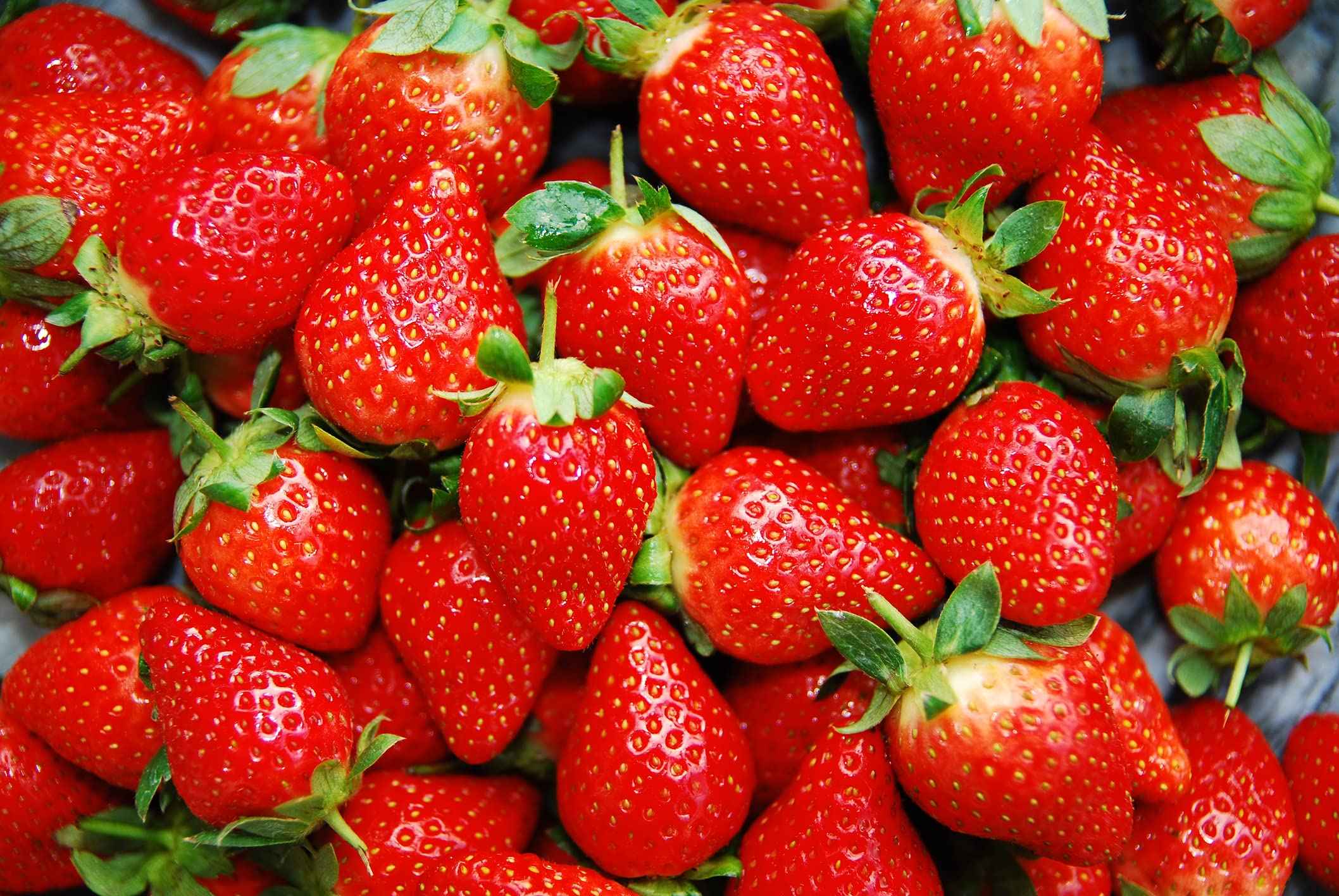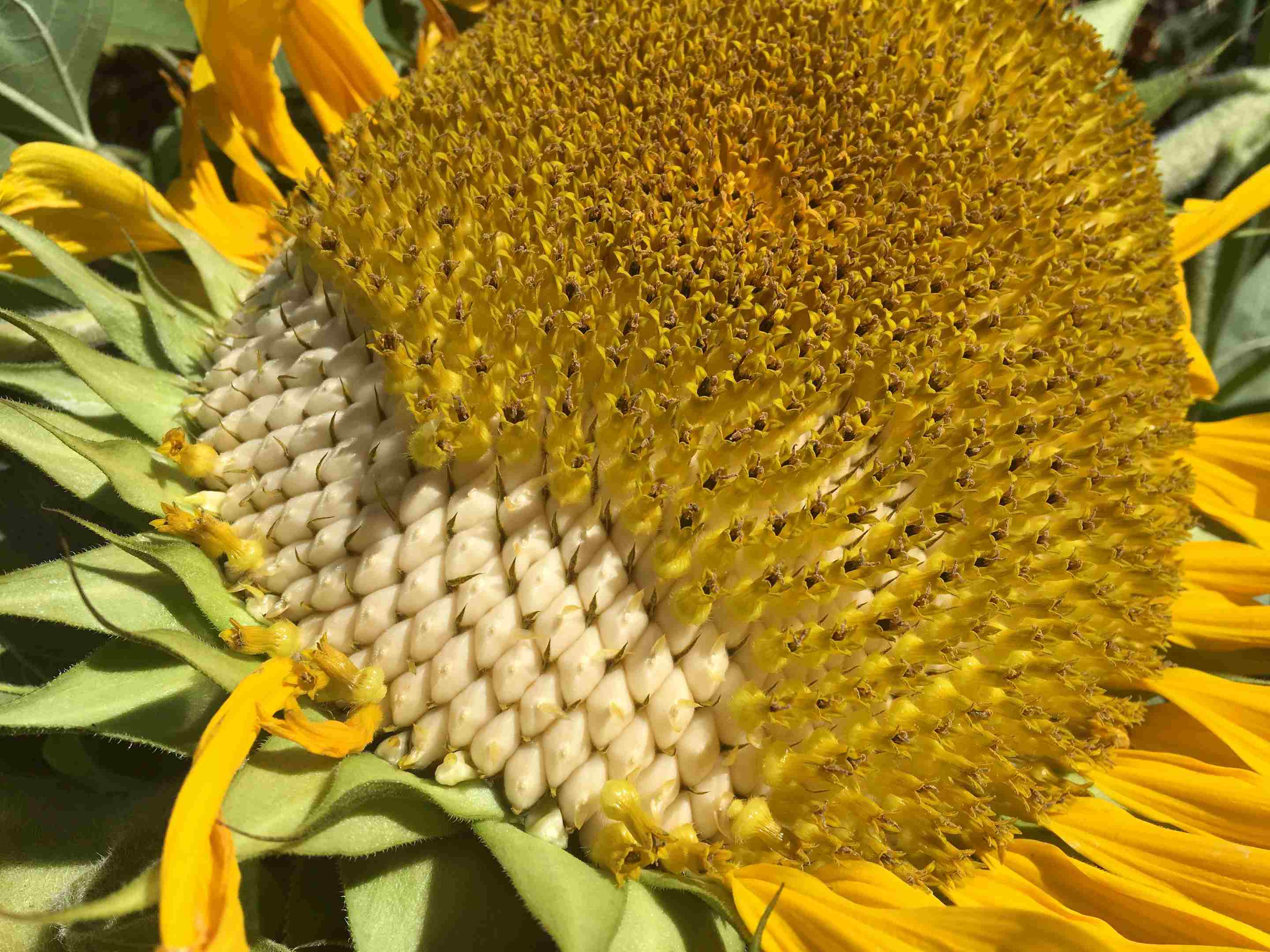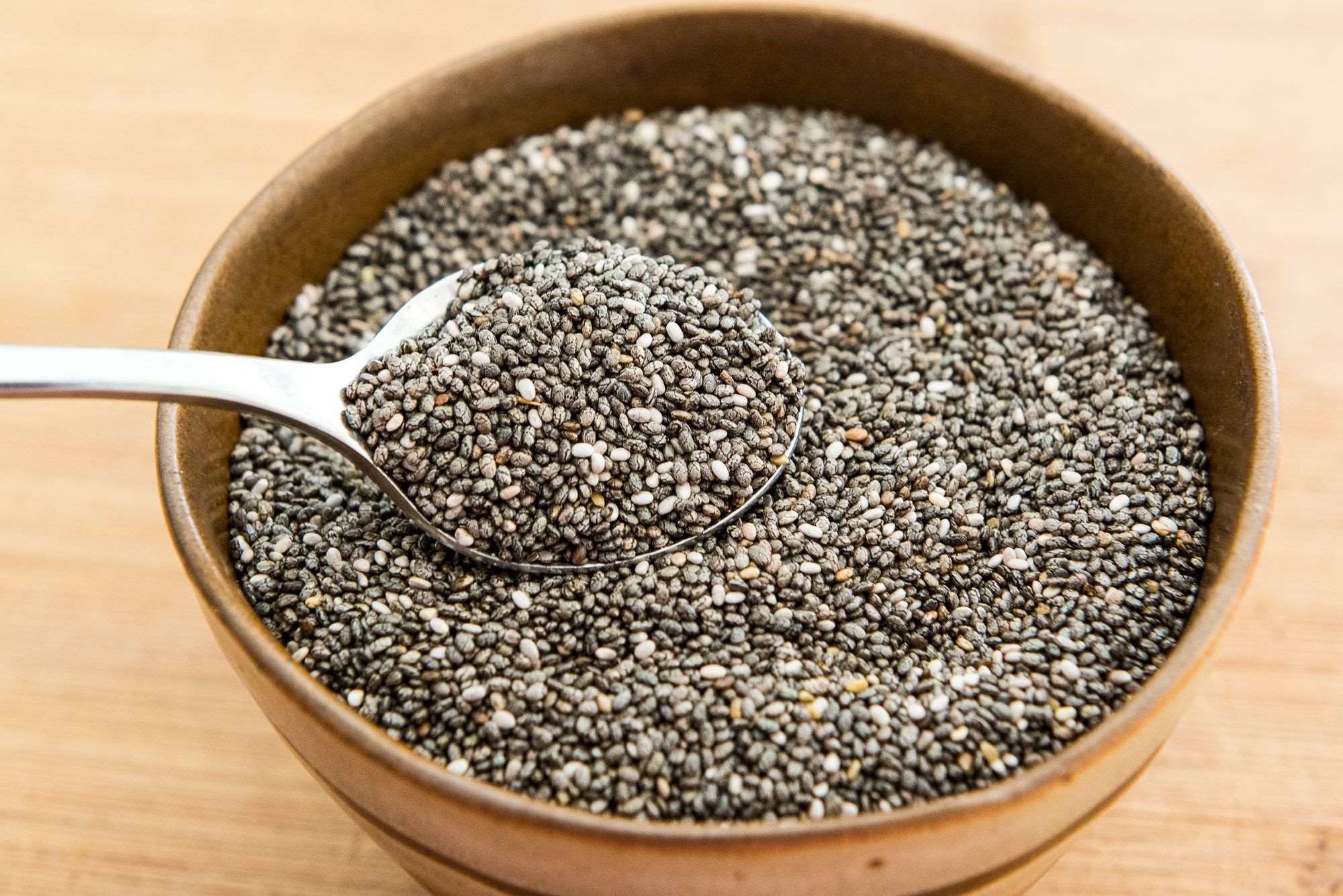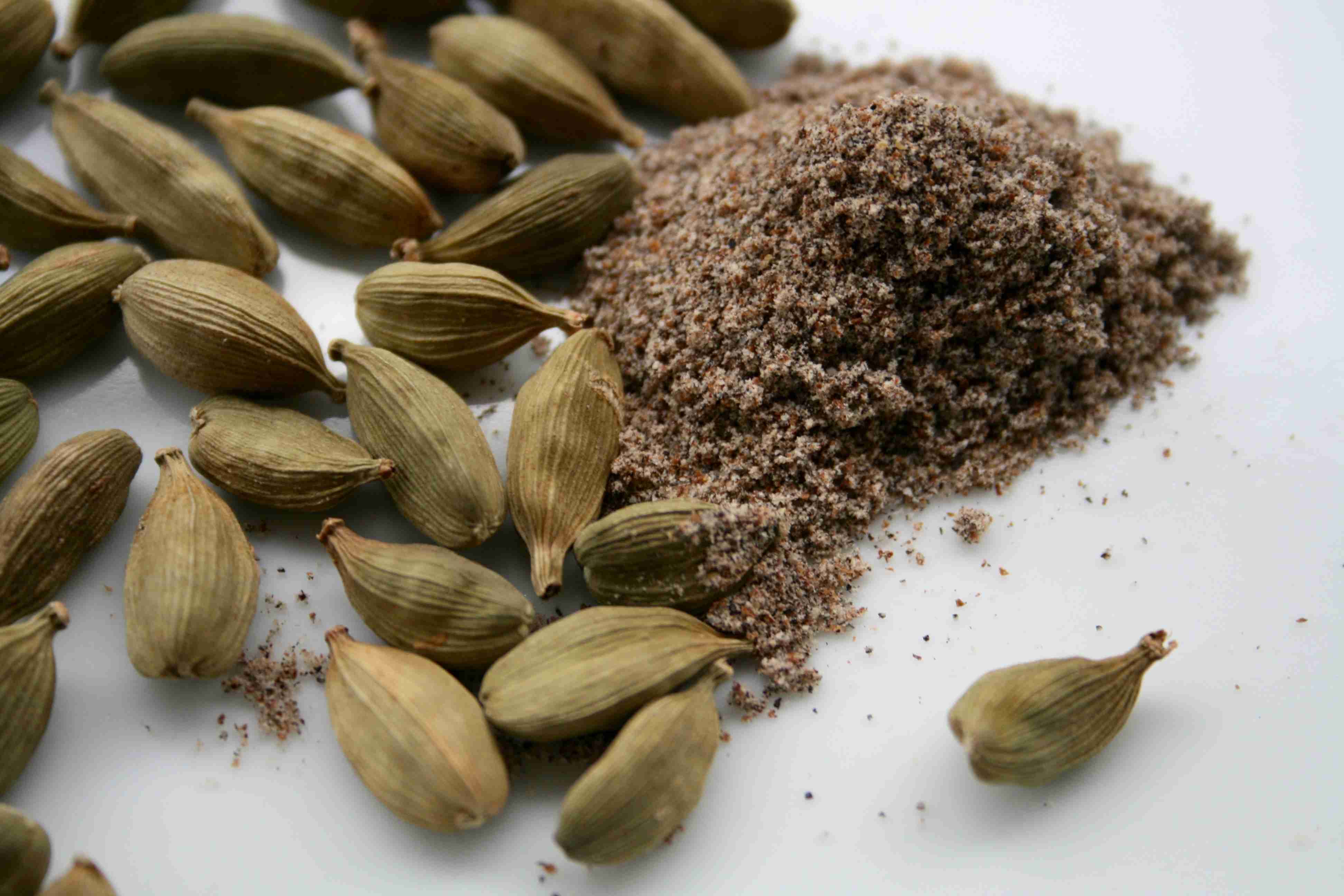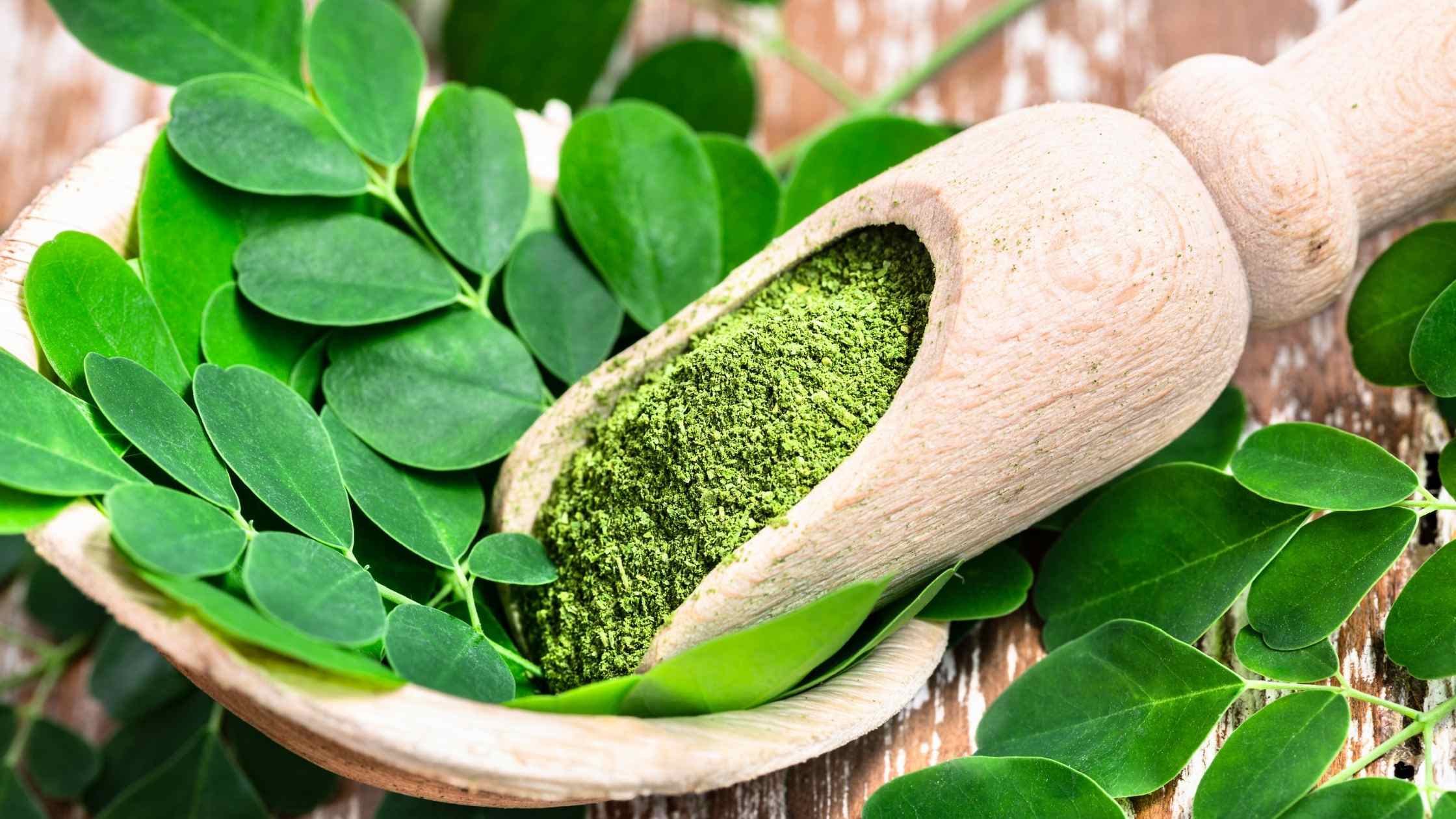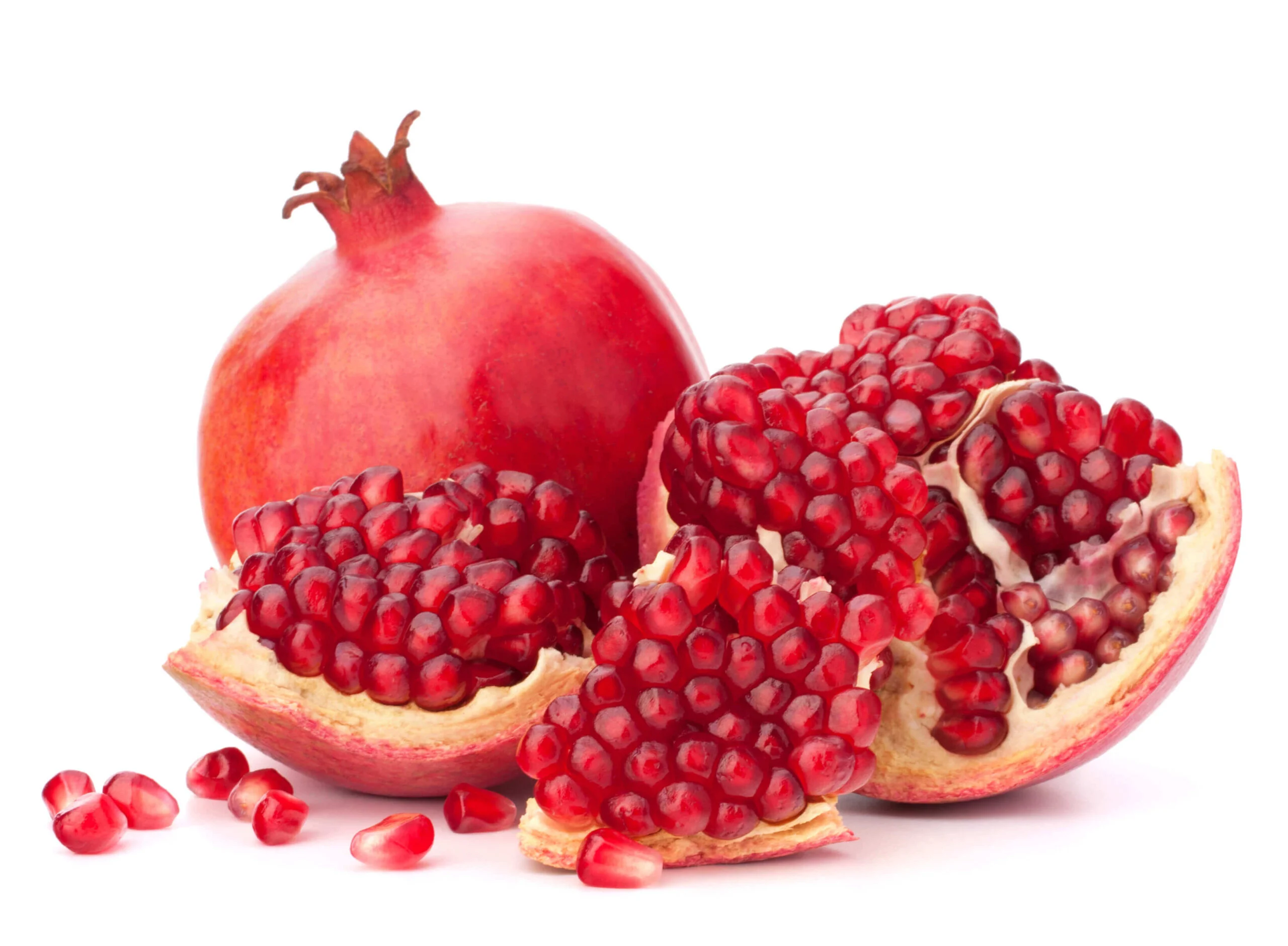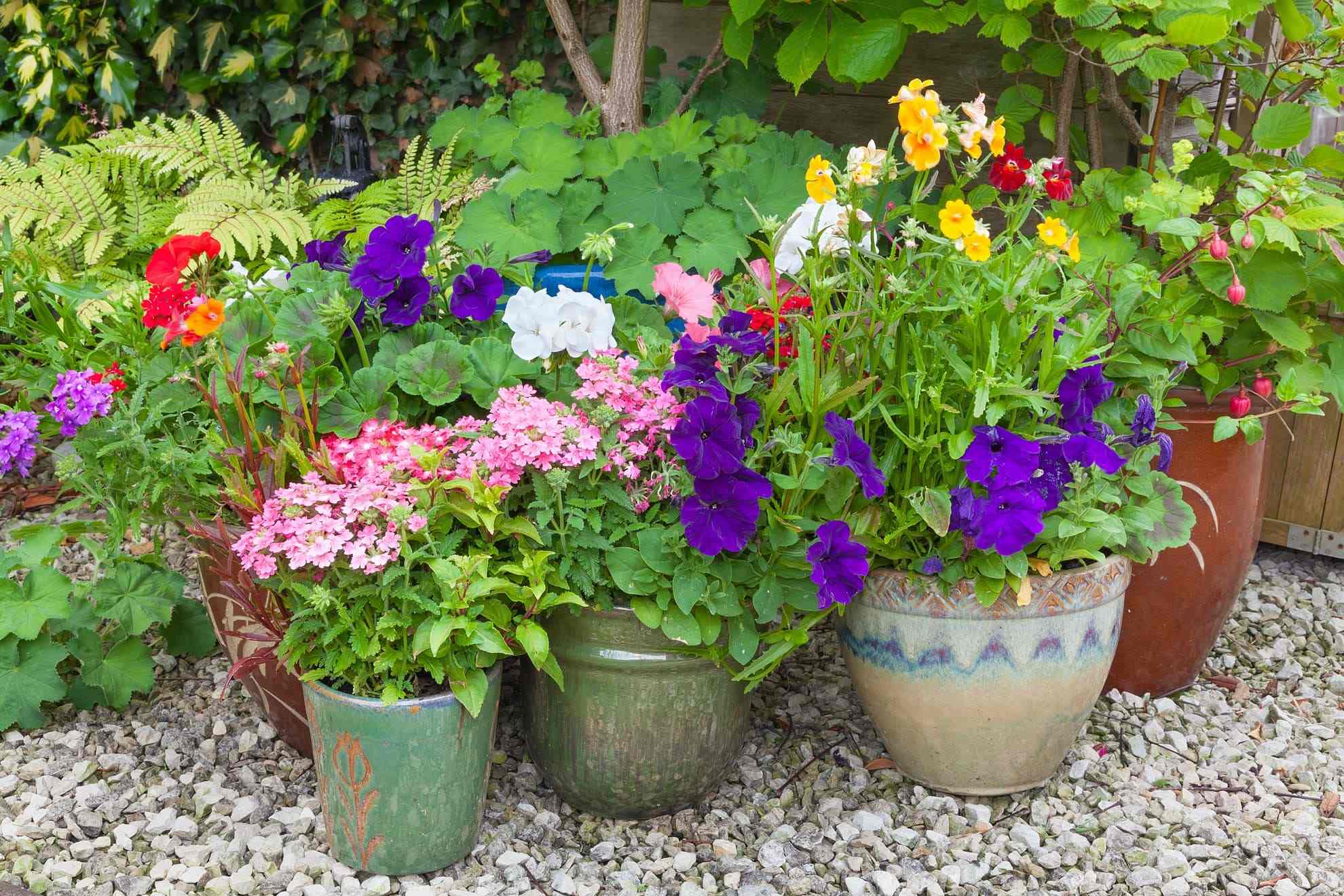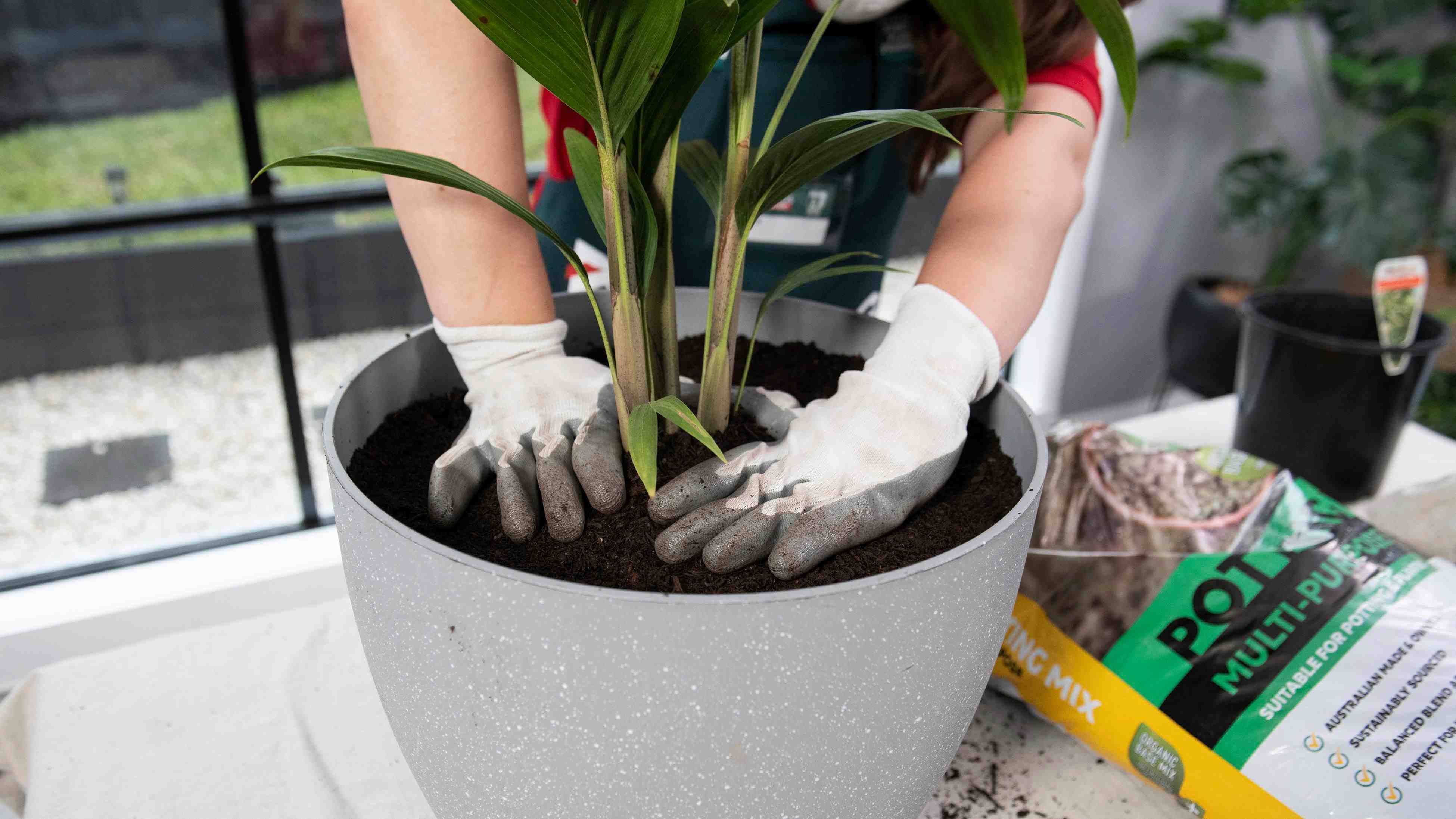Home>Types of Gardening>Edible Gardening>How Many Parsley Seeds To Plant Per Pot
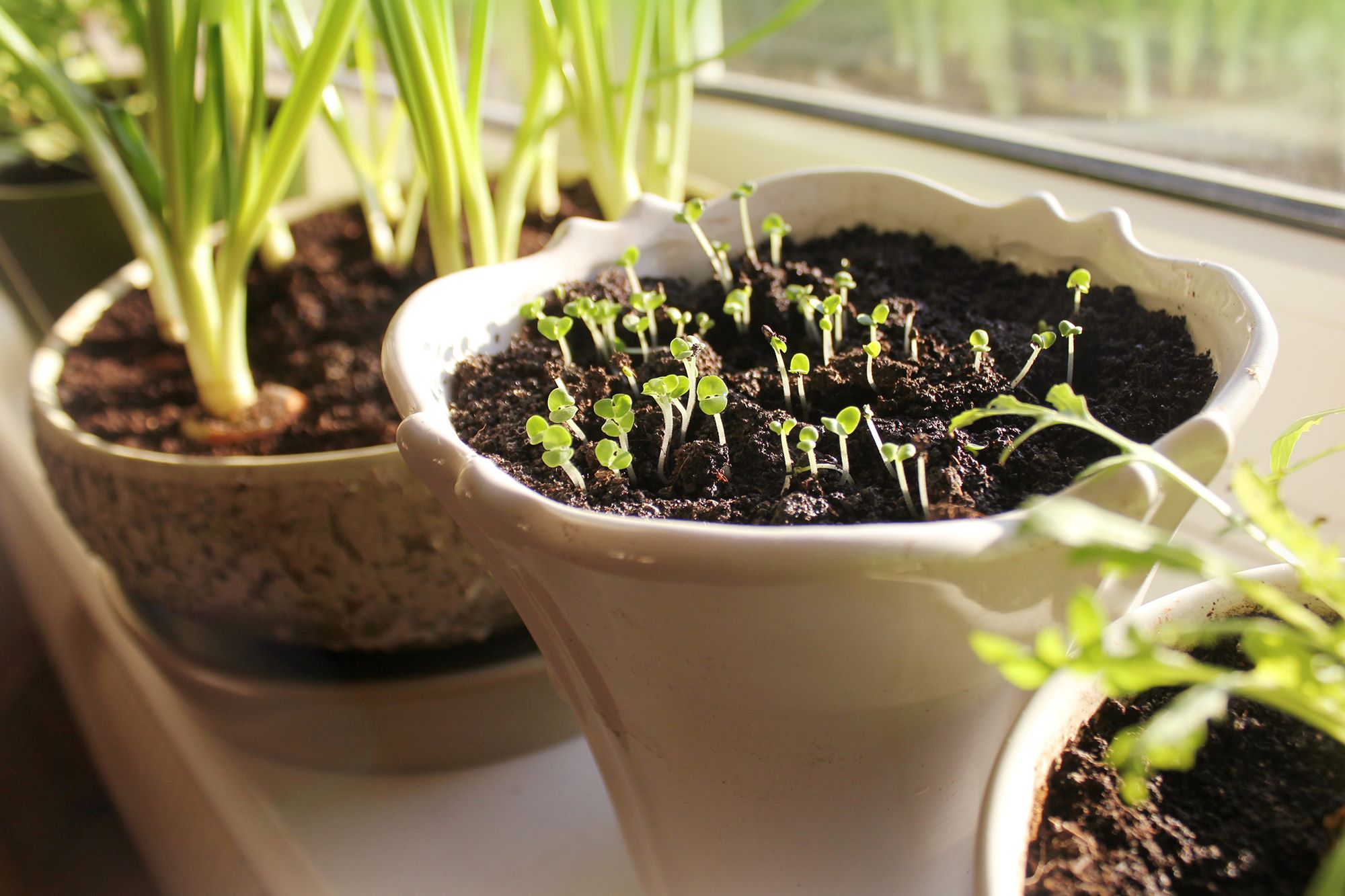

Edible Gardening
How Many Parsley Seeds To Plant Per Pot
Modified: February 9, 2024
Learn how many parsley seeds to plant per pot and achieve a thriving edible garden with our expert gardening tips.
(Many of the links in this article redirect to a specific reviewed product. Your purchase of these products through affiliate links helps to generate commission for Chicagolandgardening.com, at no extra cost. Learn more)
Table of Contents
Introduction
Welcome to the wonderful world of edible gardening! If you’re a fan of fresh herbs and want to take your gardening skills to the next level, then growing parsley from seeds is a rewarding and fulfilling endeavor. Whether you have limited outdoor space or prefer the convenience of container gardening, growing parsley in pots allows you to enjoy its vibrant flavor and lush foliage right at your fingertips.
Parsley is not just a flavorful addition to culinary dishes; it also offers a range of health benefits. Packed with vitamins A, C, and K, as well as antioxidants, parsley is known to boost immunity, support bone health, and aid digestion. Plus, it adds a pop of green to any dish, making it both visually appealing and nutritious.
But before you get started on your parsley-growing journey, it’s important to understand the basics of starting parsley from seeds and the key factors that contribute to its successful growth. This article will guide you through the process of selecting the right pot, preparing the potting mix, planting the seeds, caring for your parsley plants, and finally, reaping the bountiful harvest.
Whether you’re a seasoned gardener or a beginner looking to try your hand at growing herbs, we have all the information you need to get started. So, put on your gardening gloves and let’s dive into the world of parsley cultivation!
Benefits of Growing Parsley from Seeds
Growing parsley from seeds offers a range of benefits that make it a popular choice among herb enthusiasts. Here are some key advantages that come with starting your parsley plants from seeds:
- Cost-effective: Purchasing parsley seeds is an affordable option compared to buying mature plants or bunches of fresh parsley from the grocery store. By growing parsley from seeds, you can save money in the long run while enjoying a bountiful supply of this versatile herb.
- Wider variety: When you grow parsley from seeds, you have access to a wider range of varieties to choose from. You can experiment with different flavors, leaf shapes, and growth habits to find the parsley plant that suits your taste preferences and gardening conditions.
- Control over the growing process: Growing parsley from seeds gives you complete control over the entire cultivation process. From selecting the quality of the seeds to providing the ideal growing conditions, you can ensure that your plants receive the care they need right from the beginning.
- Greater satisfaction: There’s a sense of fulfillment that comes with nurturing a plant from a tiny seed and watching it thrive. Growing parsley from seeds allows you to witness the entire growth cycle, from germination to maturity, creating a deeper connection with your plants and the food you harvest.
- Continuous supply: By regularly planting parsley seeds, you can establish a rotation system that ensures a continuous supply of fresh parsley. As one plant reaches maturity and starts to fade, newly planted seeds will begin to sprout, providing a steady stream of fresh leaves for your culinary endeavors.
Overall, growing parsley from seeds not only offers practical benefits in terms of cost and variety but also allows you to actively participate in the plant’s growth journey. The satisfaction of cultivating your own herbs and the joy of having a constant supply of fresh parsley make it a worthwhile endeavor for any gardener.
Selecting the Right Pot for Parsley Seeds
Choosing the right pot is crucial for the successful growth of parsley seeds. The container should provide ample space for the roots to develop and have proper drainage to prevent waterlogging. Here are some factors to consider when selecting a pot for your parsley seeds:
- Size: Parsley has a long taproot, so it’s important to choose a pot that is at least 6-8 inches deep. This depth allows for proper root growth and prevents the plant from becoming root-bound. Additionally, consider the width of the pot, as parsley plants can spread out and require sufficient room to grow.
- Material: The choice of pot material can impact the overall health of your parsley plants. Terracotta or clay pots are popular options as they provide good airflow and drainage. However, they may dry out more quickly, requiring more frequent watering. Plastic pots are lightweight and retain moisture better, but they may not offer as much breathability for the roots.
- Drainage: Adequate drainage is essential to prevent overwatering and root rot. Look for pots with drainage holes at the bottom to allow excess water to escape. If your chosen pot doesn’t have drainage holes, you can create them yourself using a drill or by adding a layer of gravel at the bottom to facilitate water flow.
- Number of plants: Consider the number of parsley plants you intend to grow when selecting the pot size. It’s generally recommended to allow at least 6 inches of space between each plant to promote healthy growth and prevent overcrowding.
- Location: If you plan to keep your parsley pots indoors, choose a pot that fits well on a windowsill or near a well-lit area. If you’re growing parsley outdoors, ensure that the pot is suitable for the specific location, considering factors such as exposure to sunlight, wind, and temperature fluctuations.
Remember, the selection of the right pot is crucial for the overall health and growth of your parsley seeds. Taking into account factors such as size, material, drainage, and location will provide your plants with the optimal conditions they need to flourish. So, choose wisely, and get ready to embark on a successful parsley-growing journey!
Preparing the Potting Mix
The quality of the potting mix plays a significant role in the growth and development of parsley seeds. A well-prepared potting mix provides essential nutrients, proper drainage, and aeration for the roots. Here’s how you can prepare the perfect potting mix for your parsley seeds:
- Choose a high-quality soil: Look for a premium potting soil specifically designed for container gardening. Avoid using garden soil as it can be too heavy and may not provide adequate drainage. Potting soils are usually enriched with organic matter, perlite, and other beneficial additives that promote healthy plant growth.
- Add organic matter: To further enhance the nutrient content and improve moisture retention, mix in some organic matter such as compost or well-rotted manure. This will enrich the potting mix and provide a steady supply of essential nutrients as the parsley seeds germinate and grow.
- Incorporate perlite or vermiculite: To improve drainage and aeration, add perlite or vermiculite to the potting mix. These lightweight materials help prevent compaction and ensure that excess water drains properly, reducing the risk of root rot.
- Include a slow-release fertilizer: Parsley is a nutrient-hungry plant, so adding a slow-release fertilizer to the potting mix can provide a consistent supply of nutrients as the parsley seeds grow. Look for a balanced fertilizer specifically formulated for herbs or vegetables.
- Ensure proper moisture: Before planting the parsley seeds, make sure the potting mix is slightly moist. Avoid using soaking wet soil as it can lead to waterlogging. If the potting mix feels dry, water it lightly and allow any excess water to drain away before proceeding with planting.
Mix all the ingredients thoroughly to achieve a well-blended potting mix that is rich in nutrients, well-draining, and retains moisture adequately. This customized potting mix will create an ideal growing environment for your parsley seeds, giving them the best chance of germination and healthy growth.
Remember that the potting mix is a crucial foundation for your parsley plants, so take the time to prepare it properly. By providing a nutrient-rich and well-draining medium, you’re setting the stage for success in your parsley-growing journey!
Planting Parsley Seeds in Pot
Now that you have your pot and potting mix ready, it’s time to plant your parsley seeds and kickstart their growth. Follow these steps to ensure successful planting:
- Prepare the pot: Fill your chosen pot with the prepared potting mix, leaving about an inch of space at the top to prevent overflow when watering.
- Sow the seeds: Sprinkle the parsley seeds evenly over the surface of the potting mix. Parsley seeds are small, so avoid planting them too closely together to prevent overcrowding once they sprout. Lightly press the seeds into the soil, ensuring good soil-to-seed contact.
- Cover the seeds: Gently sprinkle a thin layer of potting mix or vermiculite over the seeds to cover them. This will help retain moisture and provide a stable environment for germination.
- Water gently: Use a fine mist sprayer or a watering can with a narrow spout to water the potting mix. Be careful not to wash away the seeds or disturb the surface too much. Keep the soil consistently moist but not overly saturated.
- Provide warmth: Parsley seeds germinate best in warm temperatures, ideally between 70-85°F (21-29°C). Place the pot in a warm location, such as a sunny windowsill or a greenhouse. You can also use a seedling heat mat to maintain the desired temperature.
- Be patient: Parsley seeds typically take anywhere from 2-4 weeks to germinate, so be patient and provide consistent care during this time. Keep the potting mix moist and monitor for any signs of growth.
- Thin out the seedlings: Once the parsley seedlings have sprouted and developed their first true leaves, thin them out to allow proper spacing. Ideally, leave about 6-8 inches of space between each plant. You can either gently pluck out the excess seedlings or transplant them to another pot.
Remember to provide regular care, including adequate sunlight, water, and nutrients, to ensure healthy growth and development of your parsley plants. With proper planting techniques and attentive care, you’ll soon have a thriving pot of parsley ready to be enjoyed in your culinary creations.
Watering and Care for Parsley Seeds
Proper watering and care are essential for the healthy development of your parsley seeds. Here are some tips to ensure your parsley plants thrive:
- Watering: Parsley seeds require consistent moisture for germination and early growth. Keep the potting mix evenly moist, without allowing it to become waterlogged. Water the plants gently and avoid overwatering, as parsley roots are susceptible to rot. Aim to water when the top inch of soil feels slightly dry, but not completely dried out.
- Sunlight: Parsley plants thrive in full sun to partial shade, getting at least 4-6 hours of direct sunlight per day. Place your pot in a location that receives adequate sunlight or use grow lights if you’re growing parsley indoors. Adjust the position of the pot as needed to ensure the plants receive optimal light exposure.
- Fertilization: To promote healthy growth, feed your parsley plants with a balanced liquid fertilizer every 4-6 weeks. Look for a fertilizer specifically formulated for herbs or vegetables. Follow the instructions on the fertilizer packaging for the correct dosage and application method.
- Weeding: Keep an eye out for weeds in the pot and remove them promptly. Weeds can compete with parsley plants for nutrients and hinder their growth. Gently hand-pull the weeds, taking care not to disturb the roots of the parsley.
- Pest control: Parsley is generally resistant to pests, but occasionally, aphids, caterpillars, or spider mites may pose a threat. Regularly inspect the plants for any signs of pests and take appropriate measures to control them. You can use organic insecticidal soap or neem oil spray to discourage pests from infesting your parsley.
- Harvesting: Once your parsley plants have matured and developed a sufficient number of leaves, you can begin harvesting. Snip off the outer stems and leaves, leaving the inner growth intact to continue supporting new leaf production. Regular harvesting encourages bushier growth and ensures a continuous supply of fresh parsley.
By providing proper watering, sunlight, fertilization, and regular maintenance, you’ll be rewarded with a thriving pot of parsley. Pay attention to the specific needs of your plants and make adjustments as necessary to ensure their optimal growth and productivity. With a little care and attention, you’ll have a bountiful harvest of fresh parsley to enhance your culinary creations.
Harvesting Parsley from Pot-Grown Plants
Harvesting parsley from your pot-grown plants is a rewarding experience that allows you to enjoy the fresh flavor of this versatile herb in your culinary creations. Here are some guidelines to ensure a successful and continuous harvest:
- Timing: Parsley can be harvested once the plants have reached a mature size with a minimum of 3-4 leaf segments. It typically takes around 70-90 days from seed to harvest. Harvesting can begin once the plant is established and has several healthy stems.
- Harvesting method: To harvest parsley, use a pair of clean, sharp scissors or garden pruners. Cut the outer stems or leaves near the base, leaving the inner growth untouched. This will allow the plant to continue producing new shoots and foliage.
- Continuous harvest: As parsley grows back quickly, it’s a good practice to harvest regularly but not excessively. Regular harvesting encourages bushier growth and ensures a continuous supply of fresh leaves for your culinary needs. Remember to leave at least a third of the plant intact to allow for regrowth.
- Storage: Freshly harvested parsley can be used immediately, but if you want to store it for longer, there are a few methods. You can place the harvested stems in a jar of water, similar to a bouquet, and keep it in the refrigerator. Alternatively, you can wrap the parsley in a damp paper towel, seal it in a plastic bag, and store it in the refrigerator. Properly stored, fresh parsley can last for up to a week.
- Seed production: If you allow some of your parsley plants to flower and go to seed, you can collect the seeds for future plantings. Allow the flowers to bloom and then dry on the plant. Once the seeds are dry, you can gently shake them off the plant and store them in a cool, dry place for future use.
Enjoy the process of harvesting parsley from your pot-grown plants. By following these guidelines and harvesting with care, you can ensure a continuous supply of fresh parsley leaves for your culinary endeavors, adding a burst of flavor and freshness to your dishes.
Common Issues and Troubleshooting
While growing parsley in pots can be a rewarding experience, you may encounter some common issues along the way. Here are a few potential problems and troubleshooting tips to help you overcome them:
- Poor germination: If your parsley seeds fail to germinate, it could be due to factors such as low soil temperature, old or low-quality seeds, or incorrect planting depth. Ensure that the soil temperature is ideal for parsley seed germination (70-85°F or 21-29°C), use fresh and high-quality seeds, and plant them at the recommended depth of around 1/4 inch.
- Yellowing leaves: Yellowing leaves can indicate a variety of issues, including overwatering, nutrient deficiencies, or pests. Check the moisture levels in the potting mix and adjust your watering accordingly. Provide regular fertilization using a balanced fertilizer to address any nutrient deficiencies. Inspect the plants for signs of pests and take appropriate measures to control them.
- Parsley growth is stunted: Slow or stunted growth can be caused by insufficient sunlight, overcrowding, or poor soil quality. Ensure that your parsley plants receive at least 4-6 hours of direct sunlight per day. Thin out the plants if they are overcrowded, providing enough space for each plant to grow. If the potting mix is of poor quality, consider amending it with compost or organic matter to improve its nutrient content.
- Pest infestation: While parsley is generally resistant to pests, aphids, caterpillars, and spider mites can sometimes pose a threat. Regularly inspect the plants for any signs of pest infestation, such as tiny webs, holes in leaves, or yellowing foliage. Use organic insecticidal soap or neem oil spray to control pests, following the instructions on the product labels.
- Wilting and root rot: Overwatering or poorly draining soil can lead to wilting foliage and root rot. Ensure that the pot has proper drainage holes to allow excess water to escape. Avoid overwatering by checking the moisture levels in the potting mix and watering only when the top inch of soil feels slightly dry. Adjust your watering routine accordingly to prevent waterlogged conditions.
Addressing these common issues promptly and proactively will help your parsley plants thrive and ensure a successful growing experience. Regular monitoring, proper care, and timely intervention will go a long way in maintaining healthy and vibrant parsley plants in your pot.
Conclusion
Congratulations on embarking on your edible gardening journey and discovering the joys of growing parsley from seeds in pots! By following the steps outlined in this article, you can create an ideal environment for your parsley seeds to germinate, grow, and flourish. From selecting the right pot and preparing the potting mix to planting the seeds, providing proper care, and harvesting the fresh parsley leaves, each step is crucial in ensuring a successful and rewarding experience.
Remember that parsley seeds require consistent moisture, sunlight, and nutrients to thrive. Be mindful of watering practices, provide adequate sunlight, and fertilize appropriately to support healthy growth. Regular pruning and harvesting will promote bushier growth and continuous production of fresh parsley leaves, enriching your culinary endeavors with vibrant flavor and nutrition.
As with any gardening endeavor, you may encounter common issues and challenges along the way. Don’t be discouraged by setbacks such as poor germination, yellowing leaves, or pest infestations. With proper troubleshooting and timely interventions, you can overcome these challenges and enjoy a flourishing pot of parsley plants.
Lastly, remember to enjoy the process and savor the rewards of your efforts. Watching your parsley seeds sprout, grow, and eventually harvest fresh leaves is a gratifying experience. Whether you use the parsley for garnishing dishes, adding flavor to soups and sauces, or even drying it for future use, you’re sure to delight in the abundant harvest from your pot-grown parsley plants.
Happy parsley gardening!

